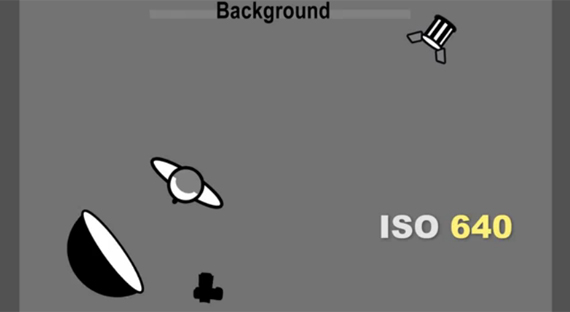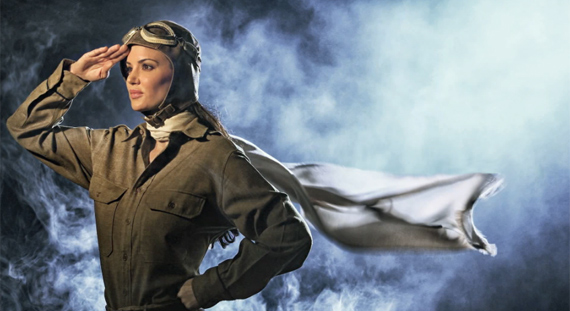For a long time, strobe units have enjoyed an untouchable place in the world of professional photography. Now, with the improvement of compact fluorescent bulbs, high ISO performance, and the introduction of DSLR HD video, continuous lighting is making a comeback in a big way. More and more, people are combining stills and video in the same shoot, and having a solid lighting setup can facilitate both needs at once. In this video from The Slanted Lens, the team displays the dynamics of a continuous two-light setup:
The photographer shoots at 1/50 of a second at f/5.6, using 640 ISO on a brand-new Canon 1D-C with a Tamron 70-200mm lens. Mounting a tungsten Arrilite 2k on a Photoflex Octodome, he places it behind the model at a 45 degree angle to the right as a rim light, which spills around her from the back and creates a halo effect. He then sets a Dynalite HM2065 head up on a beauty dish with a grid as a key light. He places this opposite the rim light, 45 degrees to the left, to light her face.
Continuous lighting has certain advantages, as well as obvious drawbacks. The main detriment is, of course, the higher ISO you must use to get a proper exposure. Some cameras can deal with this fairly well, while others are less competent, but nothing is going to have as sharp and clear of an image at 640 ISO as it does at 100.
On the other hand, strobe lighting limits your images to only fast speeds; even if you use a slow shutter speed, a strobe usually flashes faster than 1/250 of a second, leaving no room for creative blur. As is showcased in this video, continuous lighting can provide this option.
The technology behind continuous lighting is surging quickly with the increasing prevalence of video in advertising, journalism, and art. They used to be called “hot lights”, because turning them on a model using old-style incandescent bulbs would make her start sweating within minutes, but thanks to new styles of bulbs, the practice is much more palatable.
As the professions of photography and videography blend together, we can expect to see a much greater increase in these types of setups, as they quickly become more convenient and versatile options for all of a photographer’s needs.
Like This Article?
Don't Miss The Next One!
Join over 100,000 photographers of all experience levels who receive our free photography tips and articles to stay current:








Leave a Reply